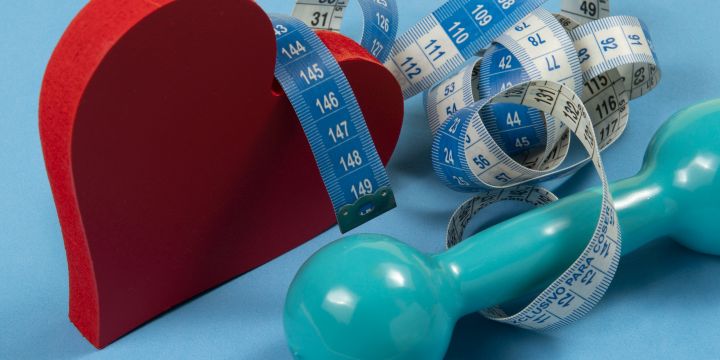When it comes to fitness and health, one term that often gets tossed around is “MET hours.” Whether you’re tracking calories burned during a workout or planning a new exercise routine, understanding MET (Metabolic Equivalent of Task) hours can be highly beneficial for maximizing results. This article breaks down the concept of MET hours and explains how they can help you stay on top of your fitness goals.
What Are MET Hours?
MET stands for Metabolic Equivalent of Task, a measure used to express the energy cost of physical activities. One MET represents the energy it takes to sit quietly, which is equivalent to burning 1 calorie per kilogram of body weight per hour. MET hours are used to calculate how much energy you’re expending across different activities over a period of time.
In simpler terms, MET hours tell you how much effort your body uses during various activities compared to resting. For example, walking at a moderate pace may have a MET value of 3, meaning you’re using three times as much energy as you would if you were sitting quietly.
How Are MET Hours Calculated?
To calculate MET hours, you multiply the MET value of an activity by the time spent on that activity. For instance, if you go for a 30-minute run with a MET value of 8 (for vigorous running), you multiply 8 by 0.5 (since 30 minutes is half an hour). This gives you 4 MET hours.
Here’s a basic formula: MET Hours = MET Value x Time (in hours)
For instance:
- Running at 8 METs for 1 hour = 8 MET hours
- Walking briskly at 4 METs for 30 minutes = 2 MET hours
Why MET Hours Matter
1. Tracking Energy Expenditure
MET hours provide a standardized way to track how much energy you’re using throughout your day. Knowing this helps you stay mindful of whether you’re getting enough physical activity to meet your fitness goals, or if you’re over-exerting yourself.
2. Effective Workout Planning
Using MET hours can help tailor your workouts. For example, if your goal is to burn a certain number of calories or reach a specific level of physical exertion, you can choose exercises with higher MET values to achieve your targets more efficiently.
3. Comparing Activities
One of the most practical uses of MET hours is comparing different activities. For example, if you enjoy both swimming and cycling, you can use MET values to determine which burns more calories in the same amount of time.
| Activity | MET Value |
|---|---|
| Light housework | 2-3 |
| Walking (moderate pace) | 3-4 |
| Running (6 mph) | 10 |
| Cycling (10-12 mph) | 6-8 |
4. Balancing Energy Intake and Output
If weight management is your goal, MET hours provide a clearer picture of how much energy you’re using in comparison to how much you’re consuming through food. This helps you balance your energy input and output for more effective weight loss, gain, or maintenance.
How Many MET Hours Should You Aim For?
The American Heart Association recommends at least 150 minutes of moderate-intensity aerobic exercise per week. This translates to around 500-1,000 MET minutes (8-17 MET hours) weekly for general health benefits.
If you’re looking for weight loss, a higher number of MET hours, ideally through a combination of aerobic and resistance exercises, may be necessary.
How MET Hours Fit Into Your Lifestyle
Understanding MET hours isn’t just useful for athletes or fitness enthusiasts; it’s also beneficial for anyone trying to maintain a healthy lifestyle. For example, adding more active tasks like walking, gardening, or even house cleaning can contribute to your daily MET hours without requiring a gym membership.
Conclusion
Whether you’re new to fitness or a seasoned athlete, MET hours are a powerful tool for managing your energy output and improving your overall health. By incorporating activities with higher MET values into your routine and calculating your total MET hours, you can ensure you’re meeting your fitness goals more efficiently.
Tracking MET hours can be a game-changer in reaching your fitness milestones, providing a clear picture of how much effort you’re putting into each activity. Keep this concept in mind as you work towards a healthier, more active lifestyle.






